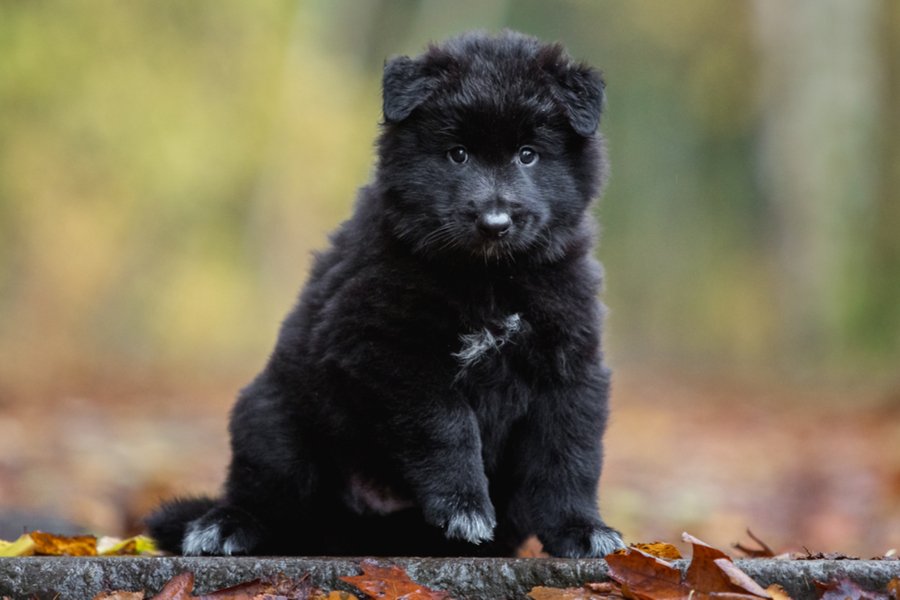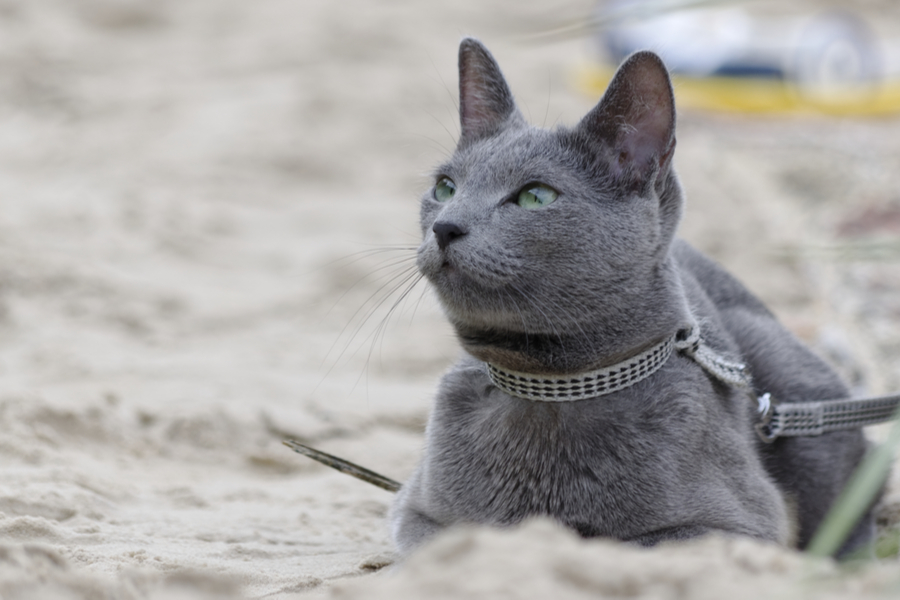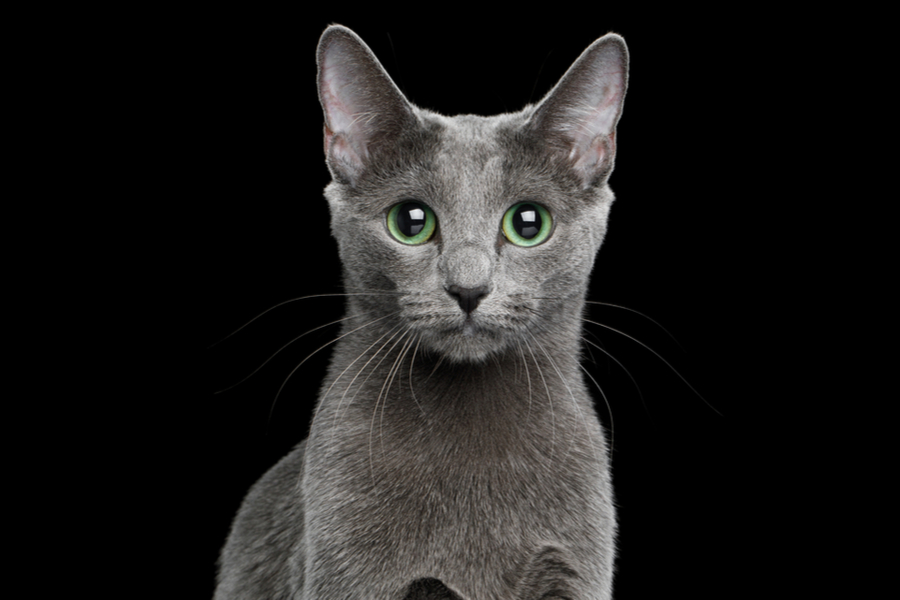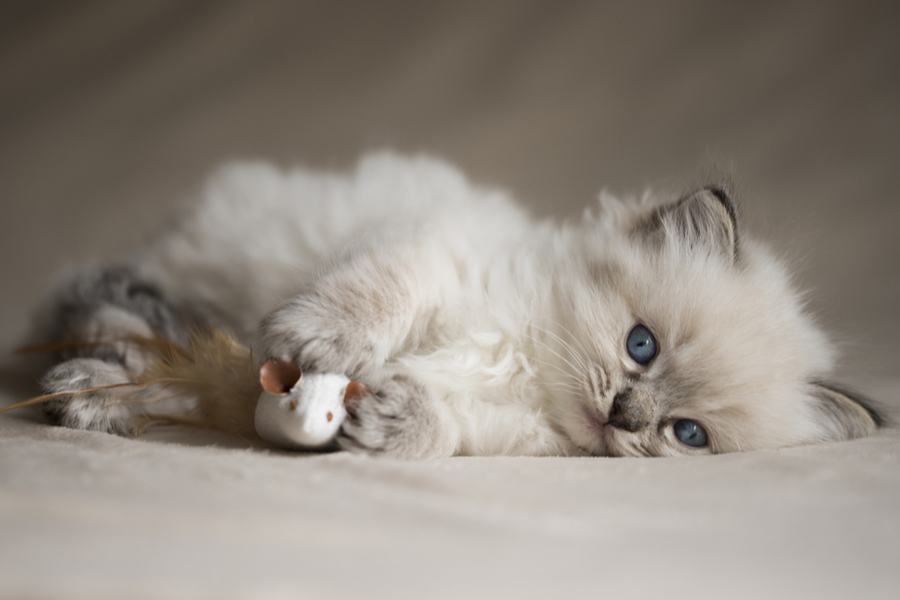Average sizes and life expectancy for this breed:
As the name suggests, the Belgian Shepherd dog breed is native to Belgium. They were initially bred as working dogs, with four separate varieties emerging over the years; the Groenendael, Laekenois, Malinois, and Tervuren. The Groenendael is considered to be the most popular variety, named after the village of Groenendael where they first originated. Today, they are loved the world over for their impressive intelligence and loyal natures as well as their handsome appearance.
These affectionate dogs form deep ties with their owners, so they make wonderful family pets, as long as they have been trained and socialised from a young age. These dogs have a strong protective instinct thanks to their history as herders.
Belgian Shepherds tend to excel in a range of canine activities including flyball and agility. They are also highly prized as search and rescue and assistance dogs. Groenendaels make great companions for more active couples and families that have the time to devote to their unique needs.
See available puppies




The Belgian Shepherd was first developed in the late 1800s in Belgium. It has four varieties, all named after the regions they were bred in. The Groenendael is thought to have been developed by Nicholas Rose on his Chateau Groenendael Estate just outside Brussels. These quick-witted dogs quickly became popular as effective herders. They were also used as police dogs and to deliver messages during both World Wars. As their popularity increased, these dogs became known simply as Belgian Shepherds in many parts of the world because the name Groenendael was tricky to remember and pronounce.
A Belgian breed club was established and by 1891, the four varieties of Belgian Shepherds were given their own breed standards. It was established by a Belgian vet named Professor Adolphe Reul. It is worth noting that all four varieties are classed as a single breed by The Kennel Club, whereas other groups tend to class them as separate breeds, such as the American Kennel Club. Each breed is similar in appearance and temperament, with subtle differences in coat texture and colour.


The Belgian Shepherd (Groenendael) is an elegant looking breed with a long, well-chiselled head that is fairly broad and carried with pride. These dogs have flat foreheads and a moderate stop. Their moderately long muzzles taper gradually to their black noses. Their medium-sized eyes are somewhat almond-shaped, dark brown in colour, with black rims. These canines boast an alert and curious look.
Their triangular-shaped ears are set high and held erect on the head. Their mouths are firm with well-pigmented lips and a perfect scissor bite. Their necks are moderate in length and broaden slightly towards the shoulders. The Belgian Shepherds’ withers are nicely defined. They have powerful forequarters and long, oblique shoulder blades. Their straight front legs are well-muscled and strong with dewclaws that are allowed under the breed standard.
Belgian Shepherds have deep, well-let down chests and well-sprung ribs. Their broad upper body is well-muscled and straight. Their powerful hindquarters are well-muscled, and they have straight and strong back legs. Their tight toes are close and well-arched, and their feet are thick with springy soles and large dark coloured nails. The front feet are round, while the back feet are somewhat oval-shaped. They have moderately long tails set firmly at the base that hang down when relaxed, with the tip curled up slightly. The tail is carried higher when the dog is alert or excited.
The Belgian Shepherd Groenendael has a profuse outer coat that is long, straight, and a little harsh to the touch. The undercoat is very dense. The hair on the head, around the ears, and the lower part of the legs is generally shorter than the rest of the body. However, the opening of the ears is well-protected by hair. The hair around the neck is long and thick, especially in males. On the back of their front legs, there is a fringe of longer hair. On their hindquarters and tails, there is an abundance of long hair. Males have heavier coats compared to their female counterparts. This particular breed only comes in black. However, white or grey ‘frosting’ is common on the muzzle.
Belgian Shepherds were bred to be versatile working dogs. Their intelligence and devotion saw them excel at any job they were given, whether that was guarding property or herding flocks. Because of their active natures, these energetic and intelligent dogs must be kept busy physically and mentally to prevent boredom and improve overall wellbeing. So, these dogs are best suited to homes where someone is around for most of the day and who has the time and commitment to devote to their intense training and socialisation needs.
If left alone for long periods and not given enough physical and mental stimulation, these dogs can suffer mentally which may lead to the development of unwanted behavioural issues. Belgian Shepherds love nothing more than being with their families and adore being a part of everything that happens in the home.
These intelligent dogs can be quite aloof and wary of strangers. They prefer to keep their distance and observe until they get to know new people because of their history as watchdogs. So, early socialisation is essential for this breed.


Belgian Shepherd’s (Groenendaels) are highly intelligent and quick to learn new things. They have even been known to react to certain facial expressions. This makes them relatively easy to train for owners wo are willing to put in consistent time for training, handling, and socialisation. These dogs can become dominant and unruly with inexperienced owners who don’t understand the unique needs of this breed. It’s a good idea to enroll your Belgian Shepherd puppy into a puppy socialisation class from a young age to give their education a good solid start in a secure and safe environment.
Belgian Shepherds are very sensitive and attentive to everything that happens in their environment; that’s why they learn new things very quickly. These clever dogs respond well to clicker training and positive reinforcement training but they do not respond well to harsh methods of training. In fact, these may have an adverse effect on the behaviour of your Groenendael.
Keep training sessions fun and vary them often to ensure your pup remains engaged. Add in plenty of mental stimulation in the form of puzzles and games. You can also consider signing your puppy up for obedience classes or canine sports such as agility courses.
Because of their very strong instinct to protect, Belgian Shepherds must be trained as early as possible to prevent them from displaying their dominant streak, especially if you have regular visitors to your home.
Belgian Shepherds have long, thick coats that need a thorough groom at least 1-2 times a week. Make sure you use a range of grooming tools that reach right down into the dense undercoat to prevent the build-up of mats and tangles. In addition, these dogs shed heavily during the Spring and Summer months so they may need to be brushed more often during these times. Belgian Shepherds are not suitable for allergy sufferers.
Fortunately, their coats do not generally require regular trimming. However, it may be a good idea to trim around their paw pads every now and then to keep them neat and tidy. Furthermore, Belgian Shepherd Groenendaels are prone to developing dermatitis so make sure you choose a PH-balanced dog shampoo that is gentle on the skin. You can always ask your vet for advice if you’re unsure.
Daily dental hygiene is the best way to stop tooth and gum disease and bad breath. However, twice a week brushing is enough to prevent excessive bacteria and tartar build-up.
Their ears must be examined frequently and cleaned weekly using a cotton wool ball soaked in an appropriate ear cleaner designed specifically for dogs. If you notice your dog scratching their ears or shaking their head repeatedly, it’s a good idea to book them in for a vet checkup because these are common signs of an ear infection. Remember to start any treatment immediately and finish the full course as prescribed by your vet.
Their nails must be checked often and trimmed when needed. Long nails can be painful for your dog and can even limit mobility in extreme circumstances. While you do this, check their paw pads for any abnormal swellings, abrasions, cuts, or rashes.
Furthermore, inspect the body as you groom and clean your dog for any signs of inflammation, wounds, rashes, or other indicators that they may have an infection or other underlying health condition. Your Belgian Shepherd Groenendael’s eyes must be clear, clean, and healthy without inflammation, swelling, or discharge.
Introduce grooming to your pup as early as possible so they get used to it. Start off with short, fun sessions filled with praise and treats. Then you can begin to lengthen grooming sessions as your dog becomes more accepting of the experience.


Belgian Shepherd Groenendaels are fairly robust, healthy dogs. However, like all breeds, they are susceptible to developing a number of health conditions over their lifespan. To reduce this risk, always ensure you purchase any new puppy from a trustworthy and licensed breeder. They will be able to perform DNA tests on your pup and its parents to check for any underlying health concerns.
Some of the more common health conditions seen in Belgian Shepherd Groenendaels include:
These active dogs are known for their devotion to their families. They show a lot of affection to every member of the household, including children, as long as they get all the mental and physical stimulation they crave. Belgian Shepherd Groenendaels love nothing more than being an integral part of any household; this includes playing interactive games with the children. However, remember to supervise any interaction or playtime between a Belgian Shepherd and kids to prevent any injuries or mishaps.
If a well-balanced, well-trained, and socialised Belgian Shepherd grows up with other household pets and animals such as cats, they can get on well together. However, some dogs may exhibit aggression towards other dogs. This is why socialisation from a young age is crucial. Remember to introduce your Belgian Shepherd puppy to a variety of situations, environments, people, and other animals as possible for them to grow into outgoing, well-mannered, and well-rounded adults. Extra care should be taken when these dogs are around smaller prey animals, just to be on the safe side.


We can connect you with Breeders that are specialized in this particular breed.
See available puppies

Need some advice?
Whether you're a first time pet owner, an experienced pet owner, a new or long-time breeder, or just curious about pets, we've got you covered!

January 17, 2024
What Is The Personality Of Russian Blue Cats?
Russian Blue cats are most known for their distinctive shimmery blue-silver coat and piercing green eyes. However, this breed’s calm and gentle temperament is what makes them shine the most in the feline world.

January 17, 2024
10 Facts About Russian Blue Cat Breed
Russian Blues are one of the most aesthetically stunning cat breeds, with a gorgeous plush silvery coat and vibrant green eyes. However, it’s not only their appearance that is beautiful; their nature is too.

January 17, 2024
How To Choose The Right Cat Breed for You
Cats can make the most fantastic animal companions; they are adorable, friendly, and loving. However, not all felines are created equal. There are many different breeds, of which each has its unique personality traits.
Need some help?
Contact us to speak to our friendly advisor, who will gladly help you find your dream pet!



We are registered in England and Wales under registration number 12568840,
and our registered office is at 58-60 Kensington Church Street, W8 4DB London, England.
© 2023 The Pedigree Paws